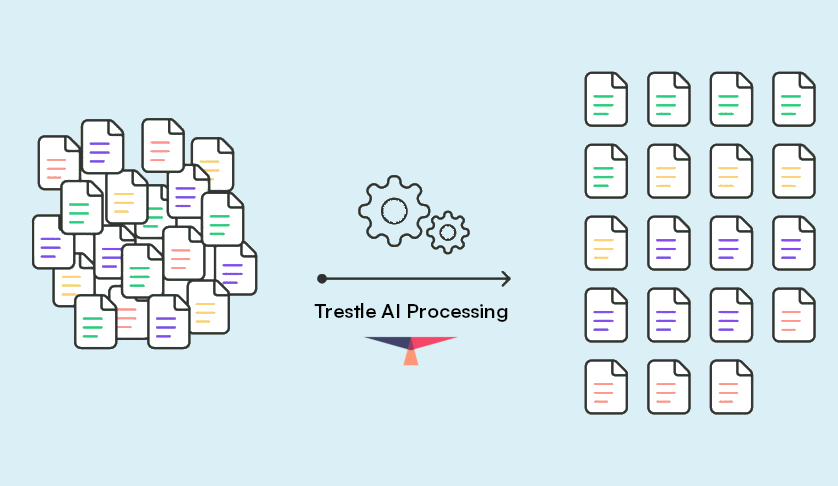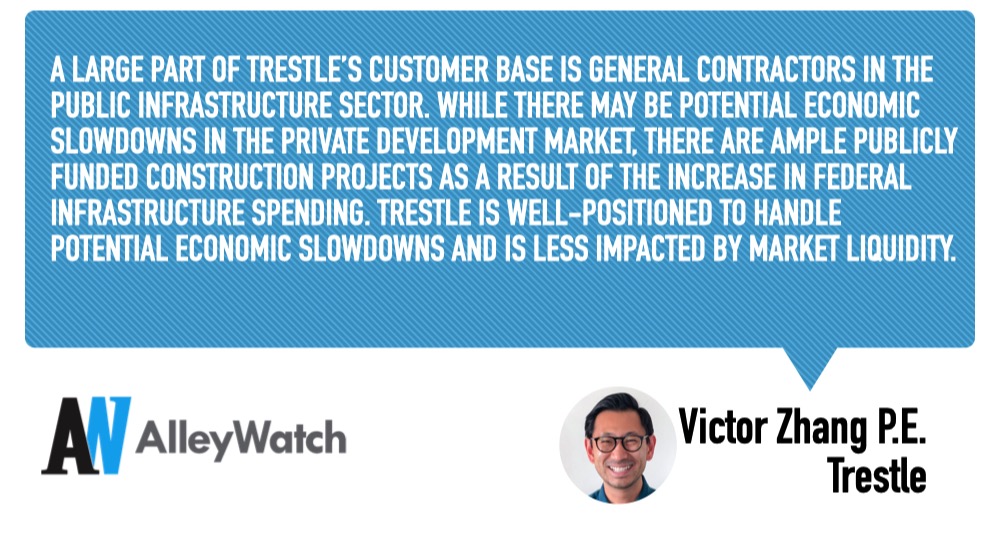Prequalification: Mitigating Trade-Partner Risks to Your Projects


Heavy-construction projects require meticulous project management planning from start to finish or run the risk of going under or requiring extensive construction rework. General contractors strive to avoid failing to complete a project within the designated timeline and budget, or worse, delivering a substandard project.
But the good news is that general contractors can fail-proof their projects from the start by choosing the right subcontractors through a rigorous prequalification process and following subcontractor management best practices. Subcontractors typically manage all the construction activities, meaning they can single-handedly influence the success of a project.
That’s why it’s imperative to select the best-fit subcontractor for your large-scale construction projects to secure their success and structural integrity. This article discusses the importance of effective subcontractor management in preventing construction project disruptions and fostering sustainable practices.
Prequalifying Subcontractors: The Genesis of Project Success or Failure
Almost one-third of project construction disruptions are triggered by subcontractors. The inefficiencies of a subcontractor directly affect a project’s success rate. Prequalifying subcontractors in different specialties helps you select the most qualified one with proper financial, legal, operational, or compliance standings.
Your subcontractor prequalification process should involve a thorough review of the following critical documentation:
- Certificate of insurance (COI): Subcontractors must carry insurance to protect them from occupational risks throughout the project. While the coverage level depends on your individual project needs and risk levels, basic coverage should include general liability coverage and workers' compensation insurance.
- Safety documents: Review a subcontractor’s safety records, such as their experience modification rating (EMR), OSHA incident rating, safety protocols, and equipment, and reports documenting how a subcontractor dealt with past emergencies or site security threats.
- Financial statements: Review a subcontractor’s financial documents, such as asset and liability standing, Dun & Bradstreet number, bankruptcy filing, IRS tax forms, credit reports, and bank account statements. These documents help you assess a subcontractor's financial health.
- Licensure: Review the relevant licenses, such as trading licenses, specialty contractor licenses, and the applicable federal and state licenses that a subcontractor needs to operate legally in a jurisdiction.
- Surety bond: Review a subcontractor’s surety bond provider, existing single project bonding capacity and limit, and bond rates.
- Relevant project experience: Review a subcontractor’s portfolio of similar completed projects and ask them for references from other respected general contractors who can attest to their professionalism.
These are some of the critical documents you must review comprehensively to determine the suitability of a subcontractor for your construction project. Although there are other external factors like material shortages or volatile climates you cannot predict or prequalify, a seasoned subcontractor will help you navigate such scenarios.
After prequalifying subcontractors and selecting the ones best suited for your projects, you can begin the subcontractor management process. Establishing a good working relationship with your subcontractor from the outset puts your project on good footing. It helps you avoid common pitfalls such as project abandonment, which peaked by 9.4% at the end of Q12024.
How To Achieve Effective Subcontractor Management
With your subcontractors handling all the construction works, from assembling construction experts to material purchase and transportation, your primary role as a general contractor is mostly managerial. You should facilitate a system or work atmosphere where your subcontractors will flourish and then get out of their way. But how do you get there?
- Set clear-cut expectations of project deliverables: Agree with all your subcontractors on fundamental project details such as completion dates for different phases, the procedure for any scope adjustments, and the quality grade of all construction materials used in the project.
- Establish a central communication channel for real-time collaboration: Designate a project management tool and an official communication channel where you can seamlessly exchange project updates in real-time and collaborate efficiently.
- Create a dispute resolution mechanism: It's normal for different subcontractors to hold differing opinions on task execution techniques. Establishing a system or process for ironing out such issues promptly promotes subcontractor collaboration so that the best ideas win, resulting in process improvement.
- Plan for redundancies: Ultimately, no construction project runs 100% efficiently from start to completion. Bottlenecks like supply chain disruptions or natural disasters can stall your project. You should anticipate such pitfalls and have a mitigation plan in place.
Subcontractor Prequalification + Management = Less Project Risk
Every general contractor must figure out how to manage subcontractor risk. Regardless of your preferred technique, subcontractor prequalification and management are the two fundamental elements you can’t ignore. Fortunately, modern tools and integrated systems unburden prequalification processes for general contractors by leveraging modern technologies.
You can use technology in several key ways to expedite the progress and elevate the quality of your subcontractor prequalification.
- Leveraging subcontractor management software to automate risk assessment.
- Using survey tools to draft customized questionnaires for each subcontractor. This also makes the prequalification process more efficient for you and your subcontractors.
- Using a prequalification management system to perform financial calculations swiftly and more accurately.
- Using automated reminders to follow up and approve project-related requests from all your subcontractors instead of doing it through manual paperwork.
The better you get at subcontractor prequalification and subcontractor management, the fewer risks you’ll encounter in your construction projects. Ignoring these processes can adversely affect your construction projects and company, even adding your project to the 70% that fail to deliver exactly what the client wanted.
Use the Trestle Platform for Automated Prequalification of Subcontractors
While accurate subcontractor prequalification is critical for successful project completion, the volume of paperwork is tremendous. Manually completing tasks like submission approvals, vendor follow-ups, project reference collection, and document verification is tedious and time-intensive. Traditionally, you and your staff had no option but to complete these tasks manually because they were crucial to your construction project’s success.
Today, the Trestle platform can effectively automate those tasks. This AI-powered platform has an in-built automated prequalification feature suitable for construction companies and general contractors in the heavy-construction space. By partnering with the Trestle, you’ll find everything you need to know about a subcontractor or supplier to reduce profit loss and delays in your projects.
Keep Reading





